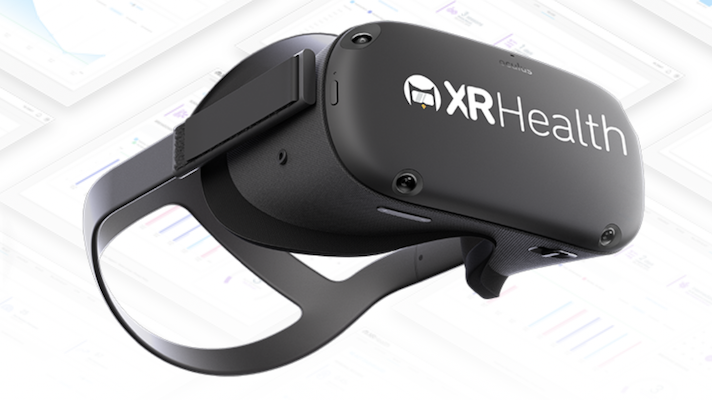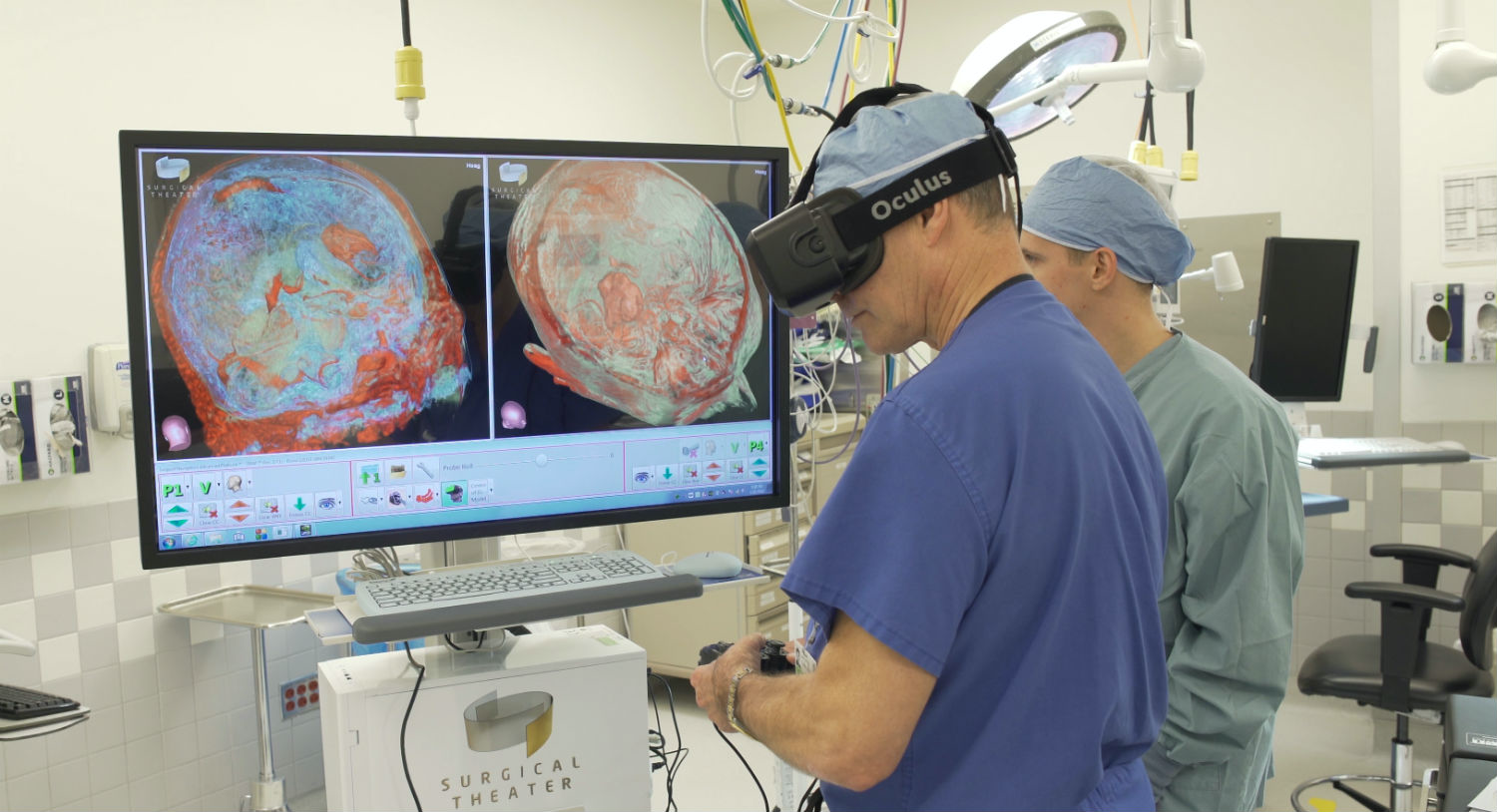With the coronavirus only picking up, hospitals becoming more full, and VR becoming more prominent, there are some apparent holes in the industry. As of right now, there is a slim number of doctors and hospitals allowing virtual reality to be a way of communicating and access to telemedicine. FaceTime, Skype, and other video chats are popular.

A wide number of healthcare providers are offering telemedicine in efforts to minimize the spreading of the virus. This will save many lives, and in the process, give people the opportunity of advancing the technology even further.
COVID-19
Many people are being asked to stay home and not visit the doctor, even if they believe they have the virus. If your doctor thinks you can recover inside of your own home, you will be asked to do so. They are trying to eliminate contagious people leaving their homes.
With the power of telemedicine, it can work. Many are taking advantage of the options right now, but it seems like time slots are filling up just as fast as the hospitals. How can this be solved? VR is a place to start. VR automation visits are next level. Whoever can make a VR clinic that doesn’t require real doctors with real degrees to be giving their attention the whole time, they will win this telemedicine race. Automation and VR seem like the clear answer. We aren’t there yet, but we should be.

Much like the rest of the medical industry, the virtual industry wasn’t prepared for an outbreak of this nature. The best time to prepare was three years ago. The second best time is now.
VR Matters
This is when virtual reality comes in. VR would give doctors and patients the ability to connect and community more effectively. Creating a shared experience, something very similar to the doctors office, would be incredibly effective in many different areas.
Right now isn’t the time to prepare or deploy any new means of telemedicine. Its too late to ride the coronavirus wave and deploy headsets. But as VR becomes more accessible and widely adopted, you are going to run into more patients that prefer this way of communicating with their preferred doctor.
Sharing an environment is much better than a face-to-face experience. This would allow doctors to show diagrams, charts, and show some insightful practices to stay healthy. Going into a doctor while being sick is simply a terrible idea. With the technology available to us, it needs to be cut out. VR is going to be a major player going forward.

Even something as simple as an Oculus Quest is going to get the job done. We have seen a handful of telemedicine practices with therapy, and now we are in a time where common visits should be taking place inside a headset. The Quest is powerful enough to power games like Rec Room and VR Chat, so it sure is capable of creating a virtual clinic.
With all of that being said, we are likely years away from this being a widely adopted idea. Hopefully the current pandemic wakes the inner-developer in all of us, and we can band together to create a more safe and automated future. For more VR news and community updates, make sure to check back at VRGear.com.






























